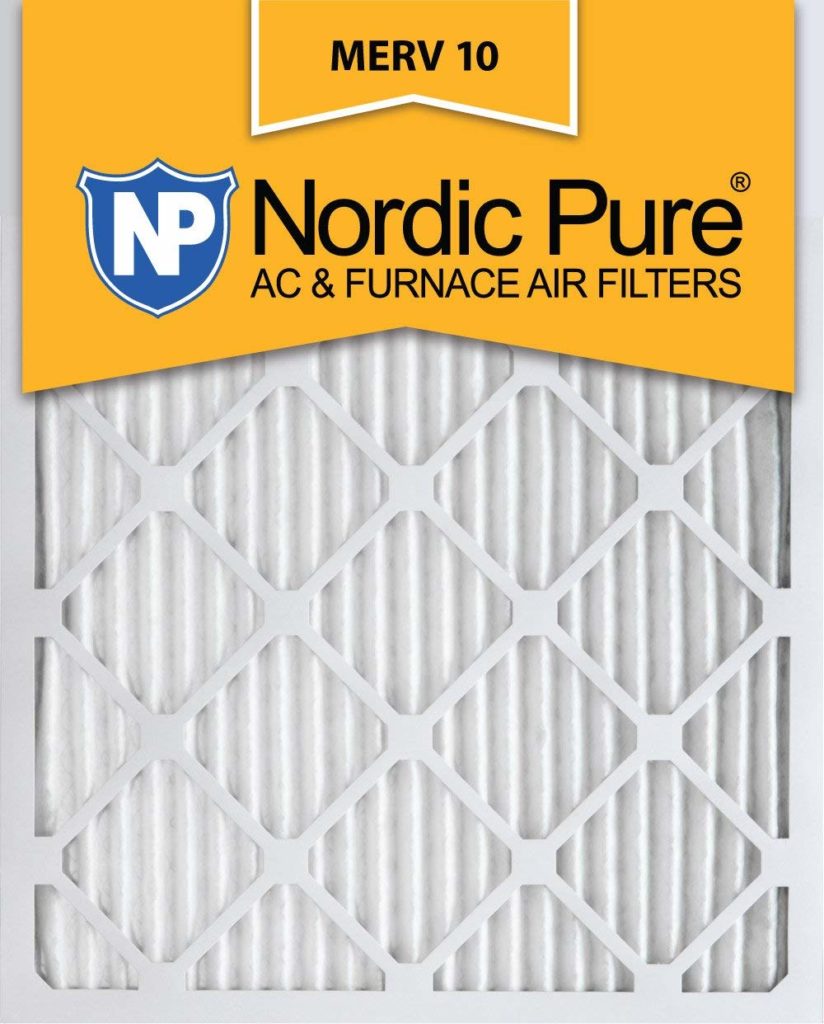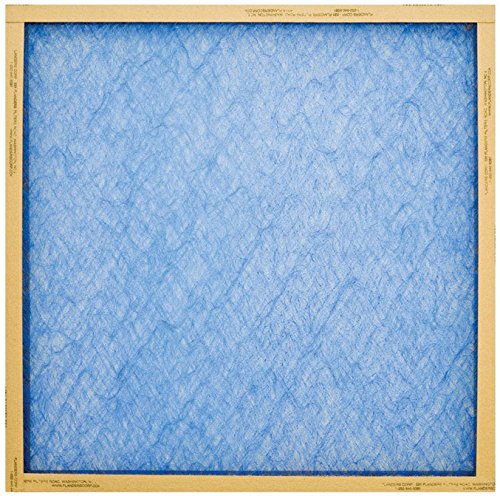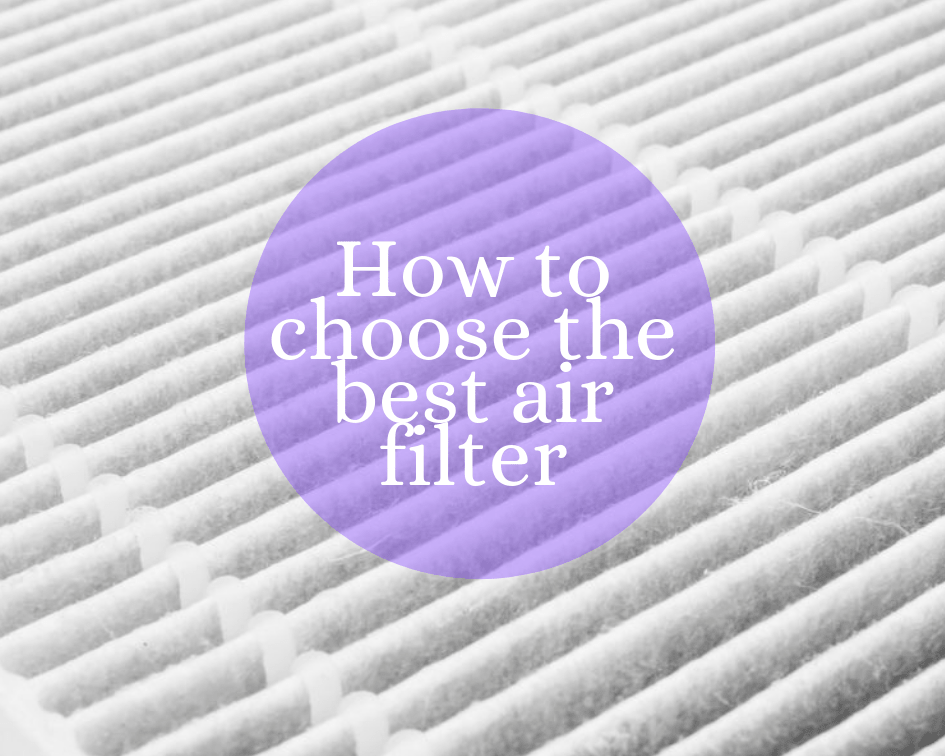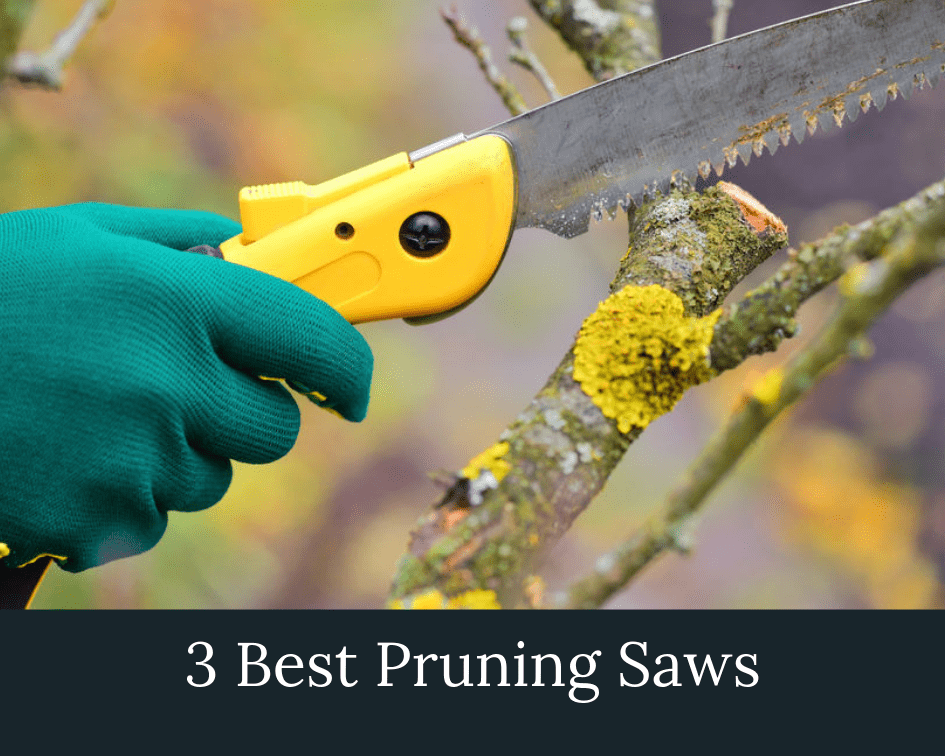This post may contain affiliate links. As an Amazon Associate we earn from qualifying purchases.
So, what do air filters have to do with gardening? Nothing, really. But I’m in the market for one and I’ve learned so much about them, I thought I’d share some information with you on how to choose the best air filter for your home.
While the standard filter’s sole purpose is to protect the HVAC’s components (and, subsequently do nothing to filter particles from indoor air), others do both.
I have a reusable air filter in my home and I swear by it. While my neighbors are running down to Home Depot to stock up on disposable filters, I’m out in my backyard, hosing mine down. I leave it in the fresh air to dry and it’s good to go back to work.
Plus, it is highly efficient at filtering pollen (there’s the gardening connection). So, I always figured it was the best air filter.
But not all reusable air filters are the same. I’m in the market for a new one (I’ve had mine for seven years now) and I’ve been shopping around to see the latest technology.
I also talked to an HVAC specialist and a plumber (my brother) to get a pro’s opinion on what type of home air filter I should buy. Here’s what I’ve learned.
Types of home air filters
You’ll find home air filters first in two broad categories: washable (also called “permanent”) and disposable. The latter is what most homeowners are accustomed to purchasing.
The former is what I have in my home and, since I don’t have to replace it as often, it’s more economical in the long run so I’m sold on it.
This doesn’t mean it’s maintenance free. But having to vacuum off the fuzz and hose it down every couple of months is worth it to me.
Before I bought my current HVAC filter, I assumed they were all alike. I’d pop into the big home improvement store, look for the right size and buy the cheapest one.
I’m wrong. Drill down into the two broad categories of home air filters and you’ll find that they come in several varieties. Let’s take a look at them and each of their pros and cons.
Is a pleated filter the best air filter?

I think these are the filters most homeowners are familiar with. The folks at Gagne Heating & Air Conditioning in Georgia claim that pleated air filters catch 45 percent of dust and other debris in indoor air.
They also claim that pleated filters have a MERV rating (Minimum Efficiency Reporting Value) between 10 and 13 (MERV ratings range from 1 to 20, with 20 representing the highest filtration), although I’ve found pleated filters online with MERV ratings as low as 7.
The MERV rating is a helpful consumer tool, by the way. “The higher the MERV rating on a filter, the fewer dust particles and other contaminants can pass through it,” say the experts at Grainger.com.
Experts caution consumers, however, that filters with MERV ratings higher than 13 may actually cause damage to your HVAC system. They filter so well that the unit is forced to work harder (just as it is when the filter is dirty).
If you don’t have pets, don’t smoke in the home and live in a low-vehicular traffic area, pleated filters may be a good choice for you. The photo above is of the Nordic Pure Pleated Air Filter, for sale at Amazon.com, where it gets high reviews.
Fiberglass filters

These non-pleated, flat home air filters are also commonly available and they’re quite popular for their low prices. These filters are far less “filtery,” however. The one pictured above, for instance, has a MERV rating of 4 (minimal filtration).
It’s the Precisionaire Ez Flow Il and comes highly rated at Amazon.com (buy it here).
Electrostatic air filters

I don’t quite get the mechanics of these filters so I’ll let the pros explain them:
“This type of filter has self-charging cotton or paper fibers that create a positive charge which attracts air impurities such as dust, dirt, and allergies as air passes through it,” according to the experts at Arthur Hagar Air Conditioning & Heating.
They do come in disposable varieties, but the most popular style is the permanent, washable filter.
Apparently, these air filters are quite effective at removing pet dander so, with my five dogs and two cats, it’s right up my alley. The MERV rating ranges between 8 and 10. The highest MERV rating for the washable electrostatic air filters is MERV 9.
The one pictured above is the one I am purchasing. It is, according to the manufacturer, “the only lab-certified MERV 9 electrostatic washable filter. This means it has been tested and traps particles down to 1.0 microns.”
These tiny particles include pollen, pet dander, smoke and other allergens. Plus, they are happy to supply you with the lab report, upon request.
You can find this electrostatic home air filter here, at Amazon.com and, although it seems pricey (depending on the size you need), remember that you won’t be purchasing new ones every 30 days or so, so it will pay for itself after awhile.
Warning
“Electrostatic air filters are associated with producing dangerous ozone substances,” according to several air conditioning contractors’ websites.
I’ve researched the claim and can find absolutely nothing to back up that claim. I suspect that they are confusing the electrostatic air filters with the electronic air filters.
For the record, ” … electrostatic air filters trap junk in the air with the use of friction, which creates an electrostatic charge as conditioned air flows through the filter,” according to Robert P. Scaringe, P.E., Ph.D. at achrnews.com.
Electronic air filters, on the other hand, don’t build up a charge with static electricity, but with a
“rather high-voltage electric charge created by an electronic high-voltage ‘transformer’ that draws power from an input source,” Scaringe explains.
These air filters do cause ozone formulations, he says. Naturally, manufacturers claim that the ozone emitted is so miniscule that we consumers have nothing to worry about.
Sure. And statins for cholesterol control don’t have serious side effects.
But I digress.
If you’re looking for efficiency, choose an electrostatic (NOT electronic) home air filter. If you’re looking for convenience, choose a washable one.
You can find a MERV rating chart explainer, here.




Reader Comments